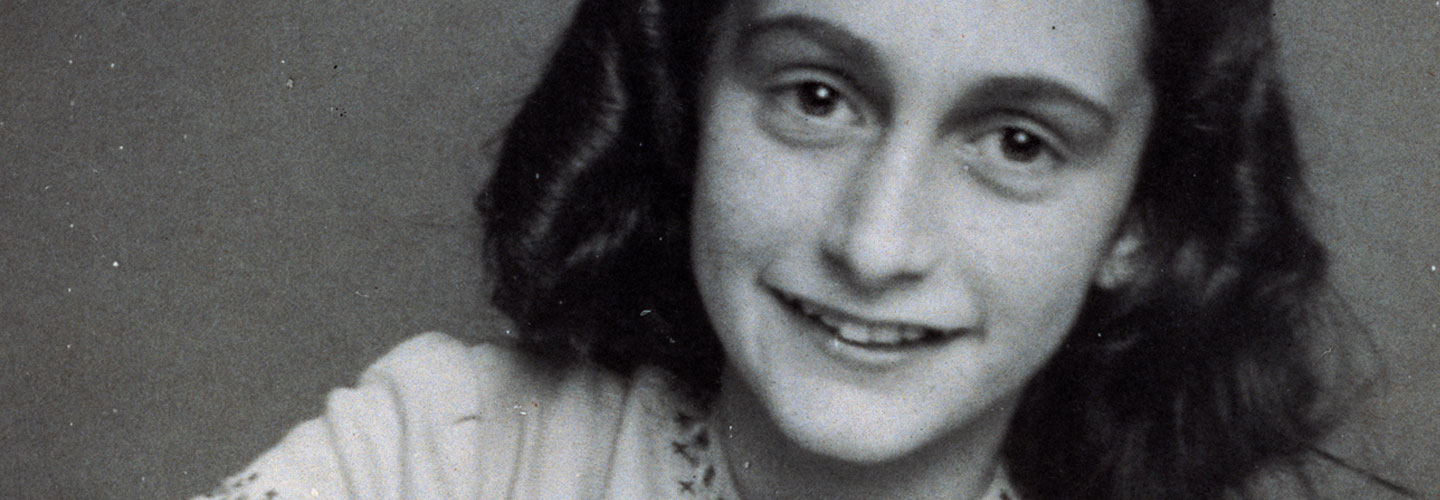For more than two years, Anne Frank and her family lived in constant terror. At any moment, they could have been discovered hiding in the secret annex at the back of her father’s business—and sent to their deaths.
It was 1944, and throughout Amsterdam, the capital of the Netherlands, German chancellor Adolf Hitler’s Nazi forces were rounding up Jews. For the Franks, any wrong move—a loud noise, a window left open, a flash of light—could have given them away.
On August 4, when Anne was just 15 years old, the Franks’ worst fears were realized. At around 11 a.m., Dutch police, led by a Nazi officer, forced their way into the annex and dragged everyone away at gunpoint. All eight people living in the hideout were soon arrested and sent to concentration camps. Just one of them—Anne’s father, Otto—would survive.
Anne Frank and her family lived in constant terror for more than two years. At any moment, they could have been found hiding in the secret annex at the back of her father’s business and sent to their deaths.
The year was 1944. The place was Amsterdam, the capital of the Netherlands. The Nazi forces of German chancellor Adolf Hitler were rounding up Jews. For the Franks, any wrong move could have given them away. This included a loud noise, a window left open, or even a flash of light.
Anne was just 15 years old on August 4, when the Franks’ worst fears were realized. At around 11 a.m., Dutch police, led by a Nazi officer, forced their way into the annex and dragged everyone away at gunpoint. All eight people living in the hideout were soon arrested and sent to concentration camps. Only Anne’s father, Otto, would survive.

